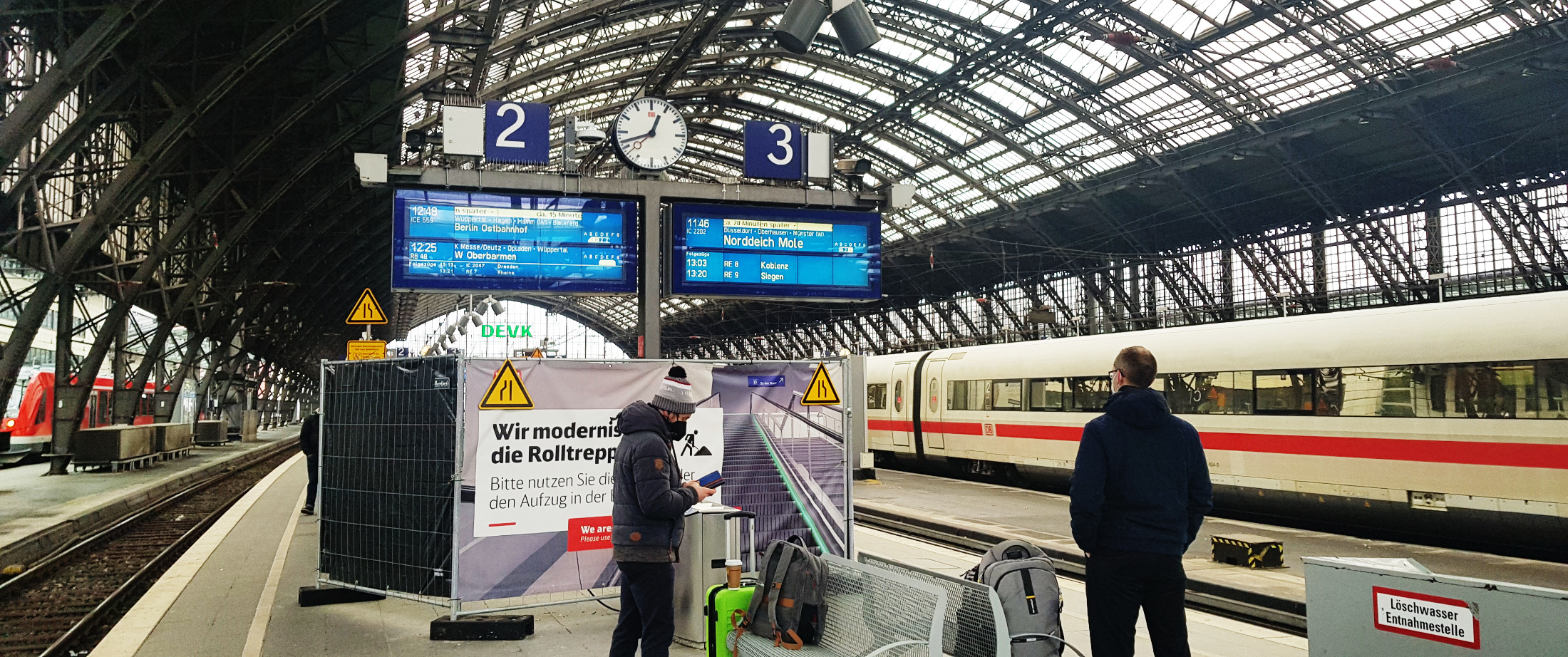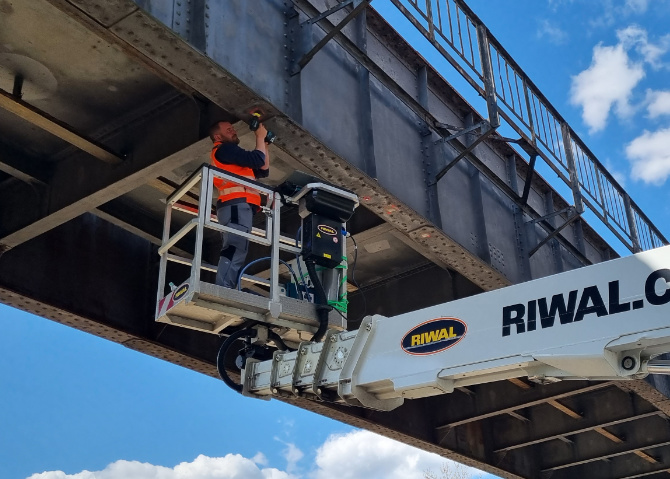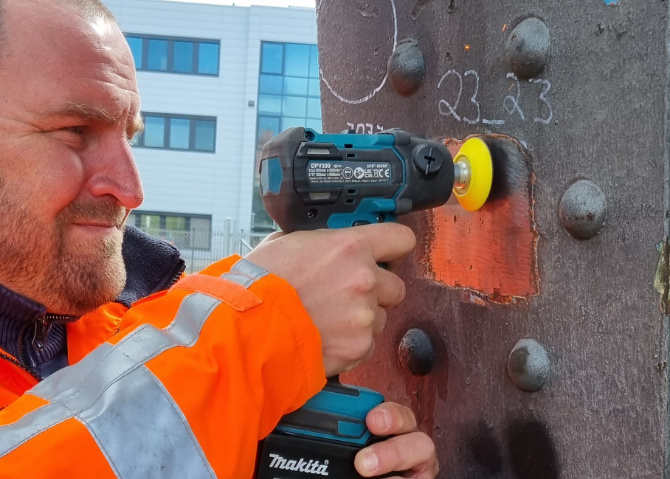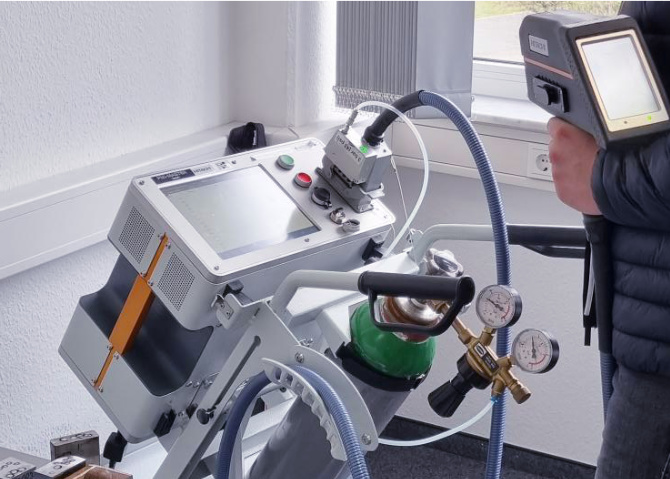
East station Berlin
Project Ostbahnhof Berlin
A building from the early days of engineering is still in operation today. Modern high-speed trains glide into this historic station, supported to a large extent by steel structures from the 19th century.
In these steel constructions, which have survived two world wars, there are steels from the early days of industrialization, but also newer steels from the following eras. These types of steels are known by the names puddle steel and mild steel. They are characterized by different properties that are important for the calculation of the strength of the bridges and thus for the stability. So that this safety is guaranteed in the future and the historically valuable bridge structures are preserved, static recalculations are carried out by Deutsche Bahn AG in connection with the railway guideline BS805.
It is important that the material properties of the many individual components of a rivet construction must be known for this calculation. In view of the size of the building and the scope of the individual components of a riveted construction, this can hardly be done by taking samples. In addition, such sampling leads to static impairments of the very lean and resource-saving steel structures. 259}”>
In summary, one can say that the new method is a fast and practical way to Old Stahlkonst is availablerauctions regarding< /span> to analyze the material typeser. We would like to thank all project partners for supporting us in turning an idea into a practical method.

Removal of the corrosion layer

Fine processing of the measuring point

Reliable material identification using mobile OES in existing steel structures
Measurement using mobile spark emission spectroscopy (short: OES)
Mobile spark emission spectroscopy (OES for short) is used. IWT-Solutions AG, together with Hitachi High-Tech Analytical Science GmbH, has adapted this method for this measurement task. The chemical composition of the steel is measured. First, the corrosion layer is carefully removed using a special process and the surface is prepared in such a way that no contamination of the measurement by elements from the corrosion protection or corrosion pitting can occur. IWT evaluates the measurement results in connection with existing know-how about the special features of industrial steel production at the time of construction. As a result, an assignment to the 1927 normative known steel grades, such as St 48 or St 34 is made.
With the help of the method, 470 measurements could be carried out in a very short time with relatively little overall effort. The results provide the customer, Bahn AG, with important information for further planning at an early stage.
In summary, one can say that the new method provides a powerful and flexible process that can be used to advantage in the area of old steel remediation and provides valuable data in the early planning phase. It is expected that this method can be applied to steel structures of all ages and uses such as road bridges, industrial structures and hydraulic structures of all ages.

